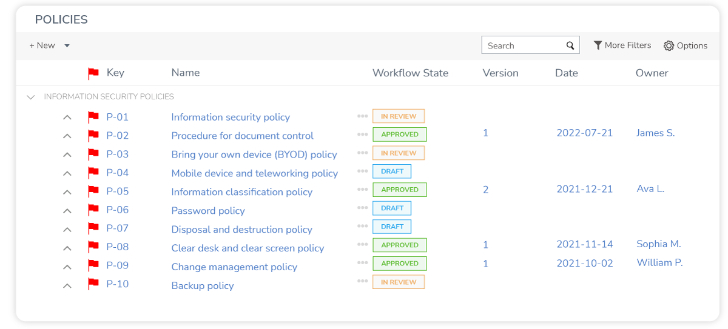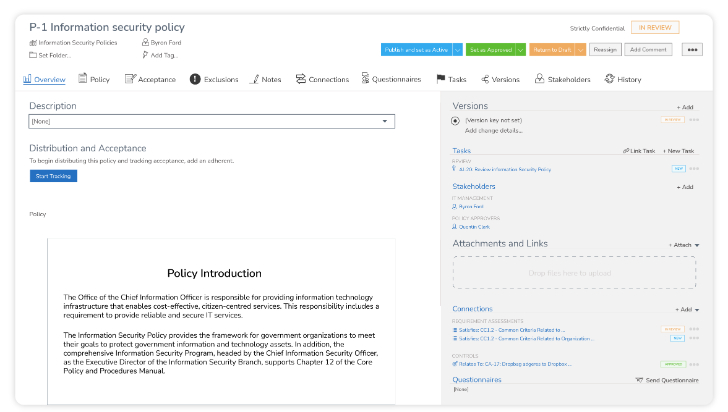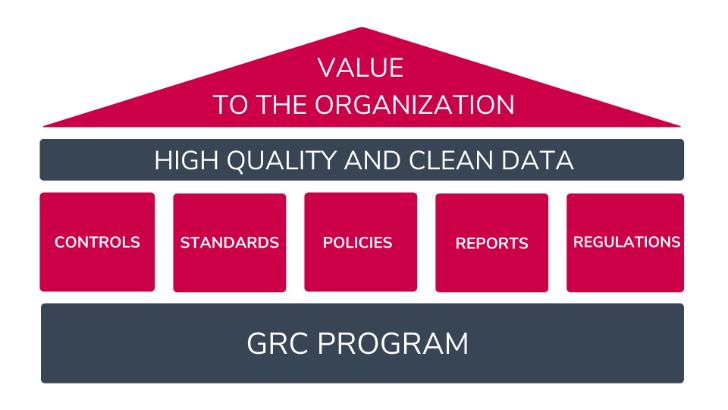Companies are in the midst of an employee “turnover tsunami” with no signs of a slowdown. According to Fortune Magazine, 40% of the U.S. is considering quitting their jobs. This trend – coined the great resignation – creates instability in organizations. High employee turnover increases security risks, and companies are more vulnerable to attacks from human factors worldwide.
At Davos 2022, statistics connect the turmoil of the great resignation to the rise of new insider threats. Security teams are feeling the impact. It’s even harder to keep up with your employee security. Companies need a fresh approach to close the gaps and prevent attacks. This article will examine what your security teams must do within the new organizational dynamics to quickly and effectively address unique challenges.
Handling Your New Insider Threats
Implementing a successful security awareness program is more challenging than ever for your security team—the new blood coming in causes cultural dissonance. Every new employee brings their own security habits, behavior, and ways of work. Changing habits is slow. Yet, companies don’t have the luxury of time. They must get ahead of hackers to prevent attacks from new insider threats.
Be sure to handle your organization’s security high-impact risks:
- Prevent data loss – When employees leave, there’s a high risk of sensitive data leaks. Manage off-boarding and close lurking dormant emails to prevent data loss.
- Maintain best practices – When new employees join the organization, even if security training is well conducted, they’re not on par with their peers. Unknown security habits may put the organization at risk.
- Ensure friendly reminders – With less staff, employees are overburdened and pressured. Security may be “forgotten” or neglected in the process.
- Support remote work –To support rapid employee recruitment, working at home is a must. Remote work flexibility helps to attract and retain new employees.
- Train on the go – Remote work requires securing remote devices and dealing with new employee behavior for inherent distractions – on the go and at home.
5 Preventive Measures for High Impact in Your Organization
Security teams must protect companies against new phishing attempts within the high workforce flux. Practical security training is key to countering hackers. New techniques and practices are required to support remote work and new behavioral challenges, especially during times of high employee turnover. To succeed, your training must keep cyber awareness fresh for all staff. It must genuinely transform the behavior of your new employees.
Here are five preventive measures to effectively protect your organization for cyber resilience:
Ensure all staff get continuous training
Security risks are constantly evolving and ever-present. All employees are needed to protect against sophisticated phishing threats. It’s even more complicated in the great resignation. With new weak links, your company is at the greatest risk. Gullible employees leave security ‘holes’ in your organization’s front line. Security teams are well aware of the risks.
Research shows that companies must continuously train 100% of their staff every month. Yet, employees spend little time thinking about security.
Automated security awareness training like CybeReady makes it easier to manage security training for all your staff.
- Instead of manual work, use new, in-depth BI data and reports to guide your training plan for new and experienced employees.
- Adjust difficulty level to the role, geography, and risk, to flexibly control your diverse employee needs and vulnerabilities.
- Raise employee awareness of threats.
- Prevent hacker exploitation and emergency triage with company leadership.
Target new employees
Your security depends on employee help and cooperation. Build best practices on the job. Threat basics aren’t enough to stop malicious actors. Whether in the office or working remotely, security training must foster mastery. Start with low difficulty. Create a foundation. Continually promote learning to the next level. You must understand and cater to your employee’s needs and way of work for effectiveness.
Simply sending out emails to employees is not enough for a robust learning experience. With security awareness platforms like CybeReady, training becomes more scientific for continuous, accurate analysis of your security awareness.
- Adjust your training simulations to employee contexts and frequency for mastery.
- Set difficulty level depending on employee behavior and results.
- Use intensive, bite-size intervals for success.
- By varying attack scenarios, new employees get proper onboarding.
- Put security on the top of the mind of all your staff.
Prioritize your highest risk groups
For a cyber awareness training program to be successful, security teams must plan, operate, evaluate and adapt accordingly. Forecasting actual difficulty and targeting groups can be complex. Security teams must determine future attack campaigns based on employee behavior and address challenges in a given scenario.
With data-driven platforms like CybeReady, your security teams monitor campaign performance to fine-tune employee defense.
- Build custom high-intensity training campaigns for your high-risk groups.
- Focus on specific challenges for concrete results like:
1) Password and data requests
2) Messages from seemingly legitimate senders and sources
3) Realistic content tailored to a specific department or role.
- Adapt your training for both individuals and attack vectors while respecting employee privacy.
- Shift problematic group behavior to best practices.
Keep busy staff vigilant
Security is 24/7. Keep your training unpredictable to maintain employee vigilance. Send surprising simulation campaigns in a continuous cycle. Catch employees off guard for the best learning. To create high engagement, ensure your training content is relevant to daily actions. Use short, frequent, and intriguing content in their own language. Tailor to local references and current news.
With scientific, data-based simulations like CybeReady, companies mimic the rapidly changing attack environment – plus, tick all your compliance boxes for a complete solution. Stay abreast of evolving global phishing trends as they vary around the world. Focus all your employees on the attacker styles and scenarios most popular in their geographies and languages. Adjust frequency to personal and group risk.
Ensure long-term results for every employee
Take advantage of the ‘golden moment.’ Just-in-time learning is the key to the most effective results. Instead of random enforcement training often irrelevant to employees, make a lasting impression right when mistakes happen. Ensure that your training uses this limited window of time. People are likelier to remember the experience and change behavior the next time.
With data science-driven cyber security training platforms like CybeReady, security teams seize the moment of failure for long-term results. With just-in-time learning, employees immediately get training on mistakes made upon falling for a simulation. They retain critical knowledge and respond better in future attack scenarios. With a new awareness of risks, transform learning into new behaviors.
Cutting Your Security Risks with a New Level of Employee Awareness
In global organizations today, seamlessly integrating the latest security know-how into everyday work is a must to counter the new risks of the great resignation. It’s more important than ever for every employee to get up to speed for high cyber resilience quickly.
Download the CybeReady Playbook to learn how CybeReady’s fully automated security awareness training platform provides the fast, concrete results you need with virtually zero effort IT, or schedule a product demo with one of our experts.
Source :
https://thehackernews.com/2022/09/5-ways-to-mitigate-your-new-insider.html






















































